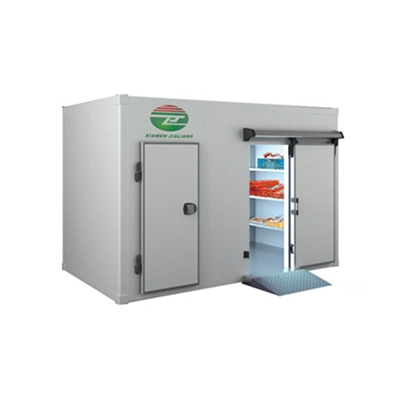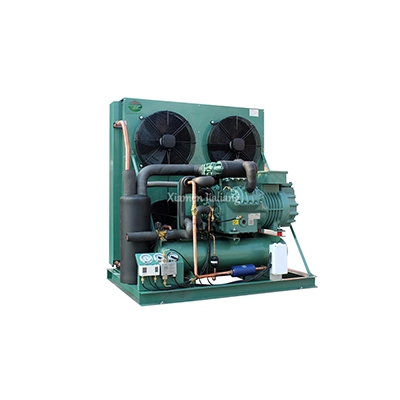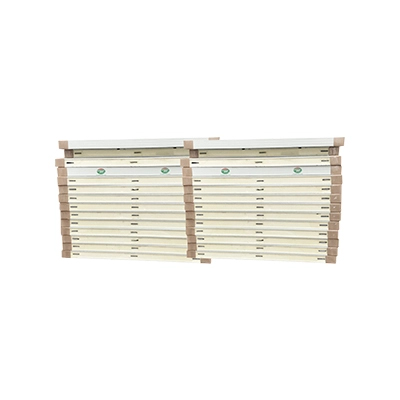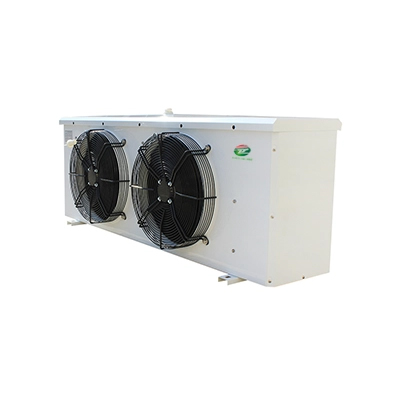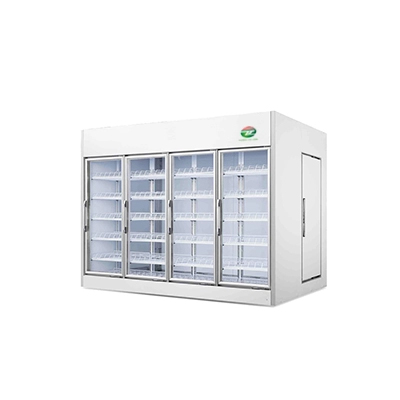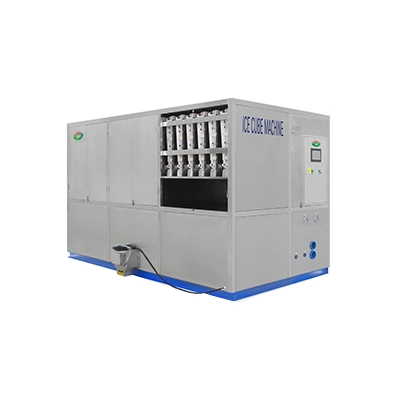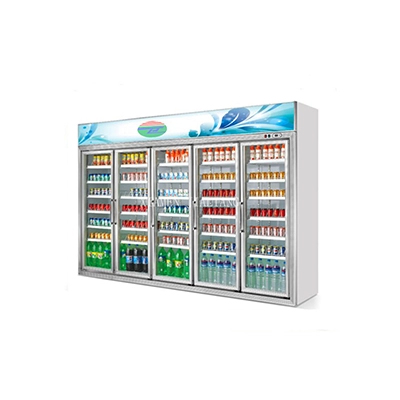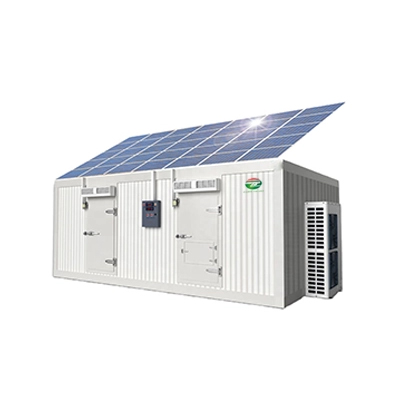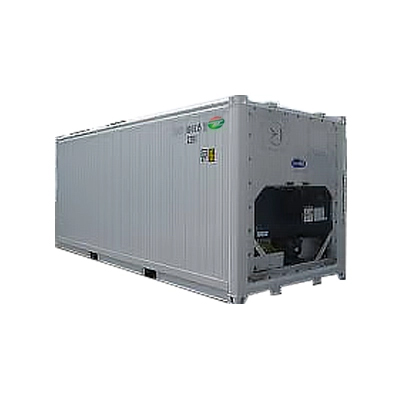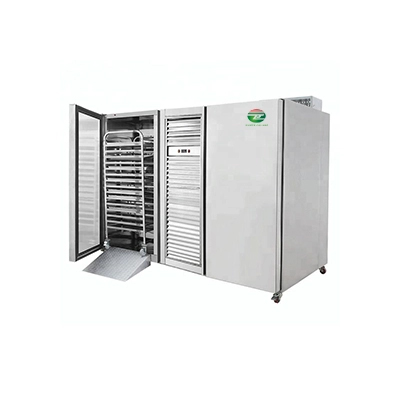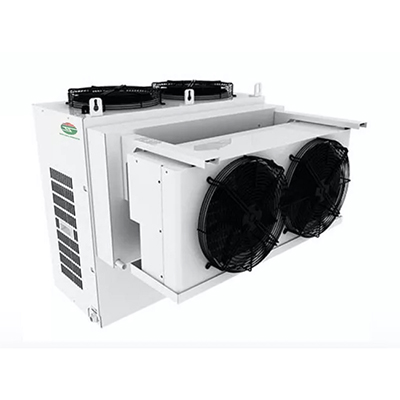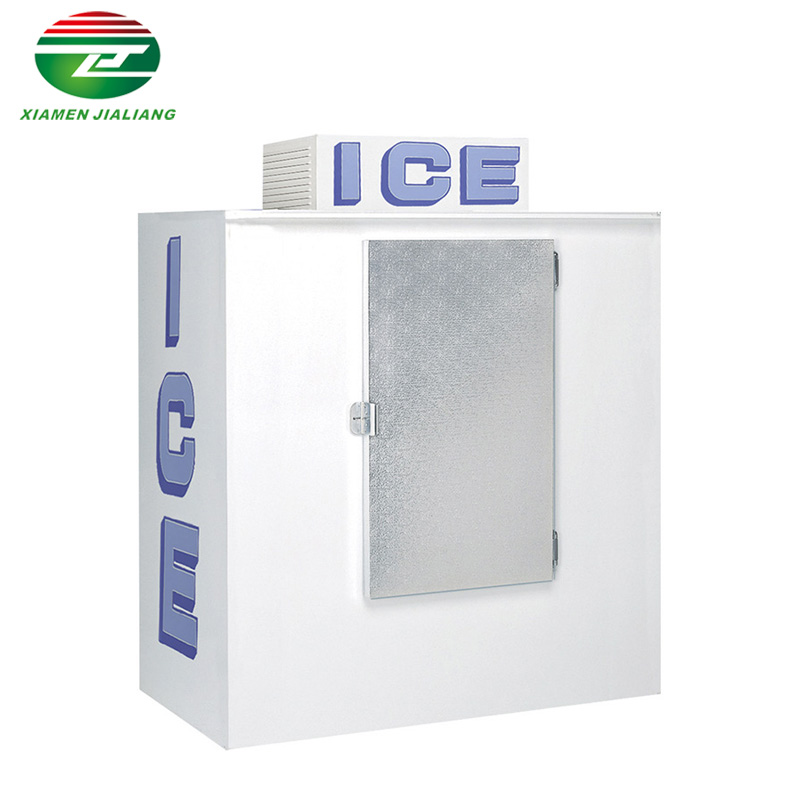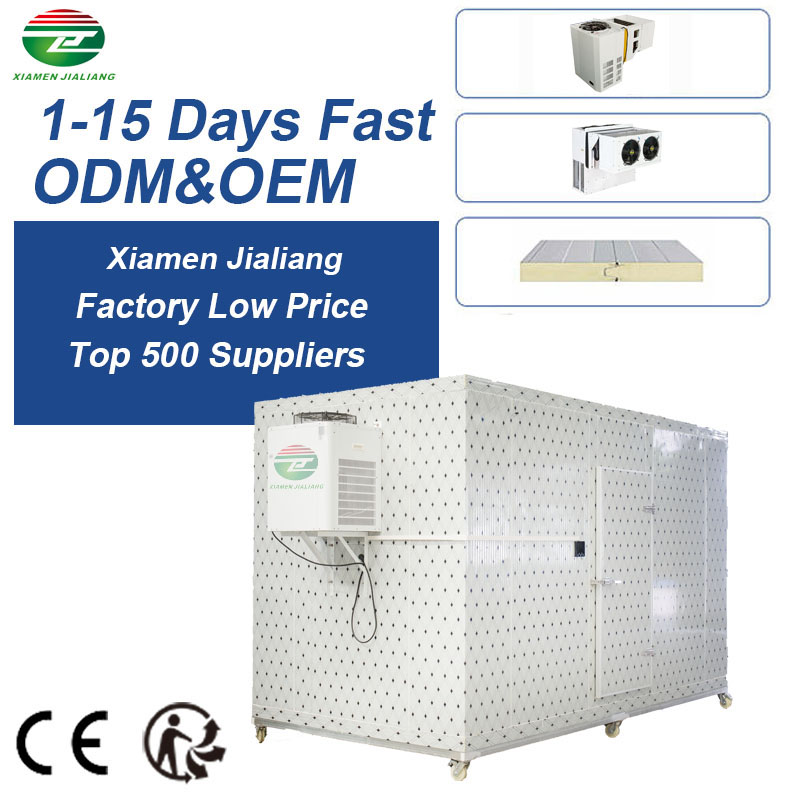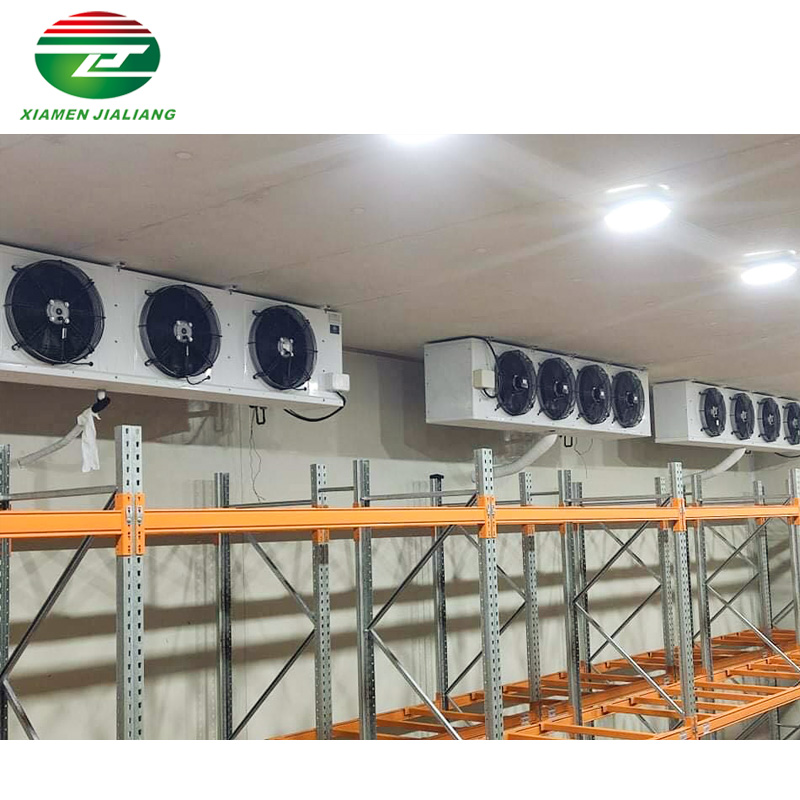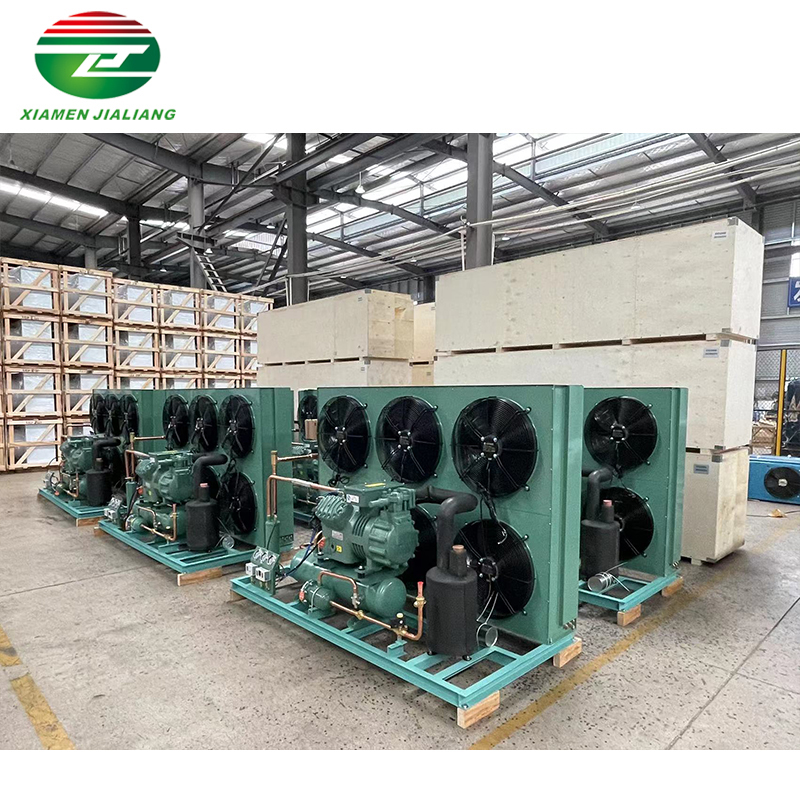How Cold Rooms Are Revolutionizing Crop Storage
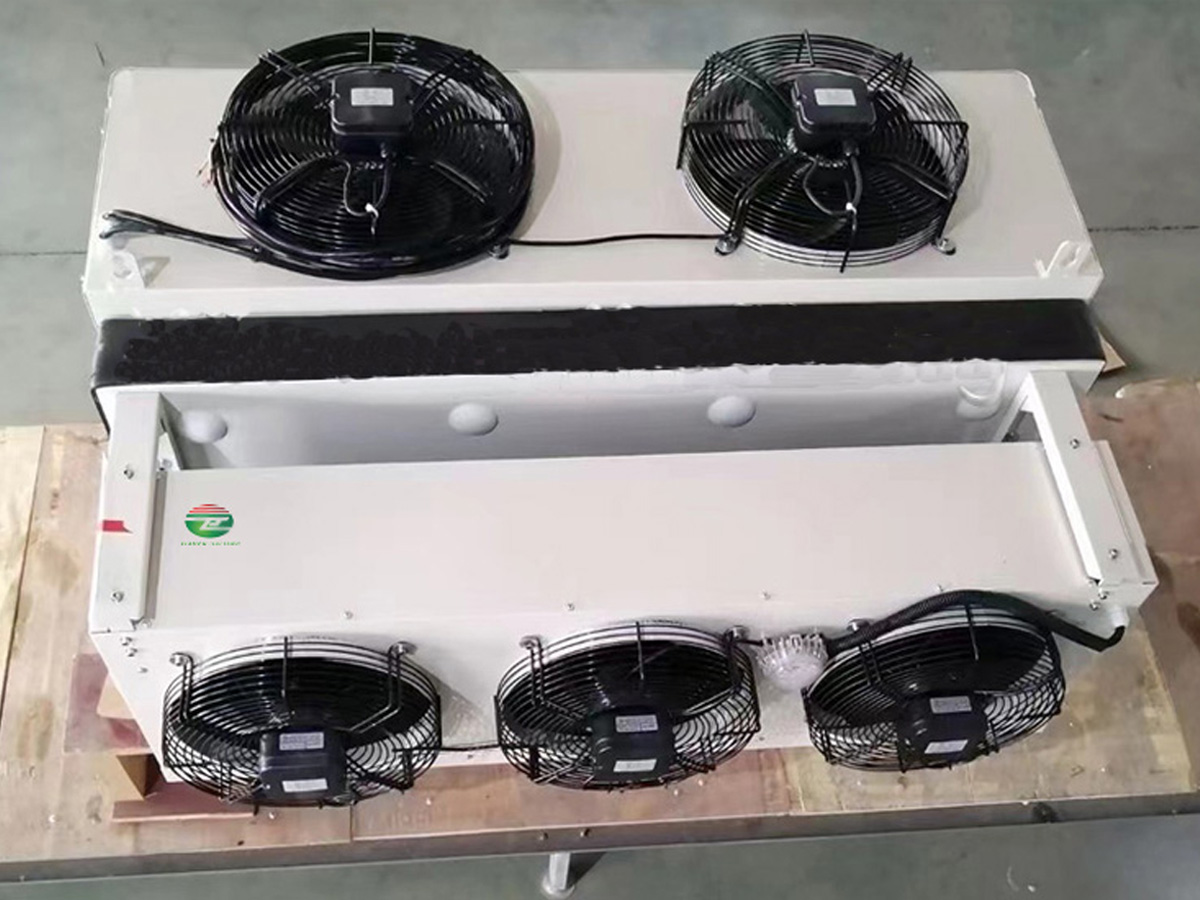
When it comes to crop storage, maintaining freshness and quality is key. Traditional methods of storing crops often fall short, leading to spoilage and waste. But thanks to the rise of cold rooms in agriculture, farmers can now store their produce for longer periods without sacrificing its integrity. Cold rooms have revolutionized the way we store crops by providing a controlled environment that keeps them fresh and reduces spoilage rates significantly. In this blog post, we'll explore the benefits of using cold rooms for crop storage, discuss different types of cold rooms suitable for various environments and crops, as well as best practices to optimize your use of these innovative systems.
Benefits of Cold Rooms for Crop Storage
Cold rooms have emerged as a game-changer for crop storage by creating an optimal environment that keeps produce fresh, maintaining quality and reducing spoilage rates. Here are some benefits of using cold rooms for crop storage:
Firstly, they provide a controlled environment with regulated temperature and humidity levels that prevent the growth of mold and bacteria. This ensures longer shelf life for crops without compromising their nutritional value.
Secondly, cold rooms significantly reduce waste caused by spoilage during transportation or long-term storage. By preserving the quality of produce over extended periods, farmers can sell them at higher prices and minimize losses.
Thirdly, cold rooms make it possible to store various crops together in one place without cross-contamination. Farmers don't need to worry about flavors transferring from one type of fruit or vegetable to another.
The use of cold rooms is transforming agriculture practices by improving food supply chains while ensuring freshness and quality across all stages from production to consumption.
Types of Cold Rooms for Different Crops and Environments
Different crops have varying requirements for temperature and humidity levels, which is why there are different types of cold rooms available to cater to these specific needs. One type of cold room is the pre-cooling room, designed to remove field heat from freshly harvested produce. This helps extend the shelf life of fruits and vegetables by preventing spoilage.
Another type is the ripening room, which is specifically designed for fruits such as bananas, mangoes and avocados that require a controlled environment for optimal ripening. A separate type of cold storage facility exists for perishable goods such as meat or dairy products that require freezers with sub-zero temperatures.
There are also specialized cold rooms like seed storage facilities used mainly in agricultural research centers or laboratories where they can control ideal temperature and humidity conditions to preserve seeds' viability over an extended period. Certain crops may need unique containers or packaging solutions; therefore customized solutions are sometimes necessary.
Choosing the right type of Cold Room depends on several factors such as crop variety & packaging requirements, environmental factors like ambient temperature & humidity levels in a given region among others.
Best Practices for Cold Room Use: Temperature and Humidity Control, Airflow Management, and More
When it comes to cold room use for crop storage, there are a few best practices that should be followed to ensure the longevity and quality of your crops. One important factor is temperature control. The ideal temperature will depend on the type of crop being stored, but generally ranges from -1°C to 15°C.
In addition to temperature control, humidity must also be managed properly. High levels of humidity can lead to mold growth and spoilage, while low levels can cause crops to dry out and lose their quality. Ideal humidity levels vary based on the type of crop as well.
Airflow management is another crucial aspect in maintaining a healthy cold room environment for your crops. Proper airflow helps regulate both temperature and humidity throughout the room, preventing any hot or humid pockets from forming which could harm your crops.
It's also important to regularly clean and maintain your cold room equipment such as evaporator coils, fans, and filters. A dirty system impedes proper air circulation which can negatively affect both temperature and humidity control.
By following these best practices for cold room use, you can ensure that your crops have a longer shelf life with maintained quality making sure they are readily available when needed most at peak freshness!
Conclusion
As we've seen, cold rooms are becoming a game changer in crop storage. They provide an excellent way to store crops for longer periods without losing their quality and freshness.
By utilizing the various types of cold rooms available and following best practices like proper temperature and humidity control, airflow management, regular maintenance, and cleaning, farmers can maximize their yields while minimizing losses due to spoilage.

